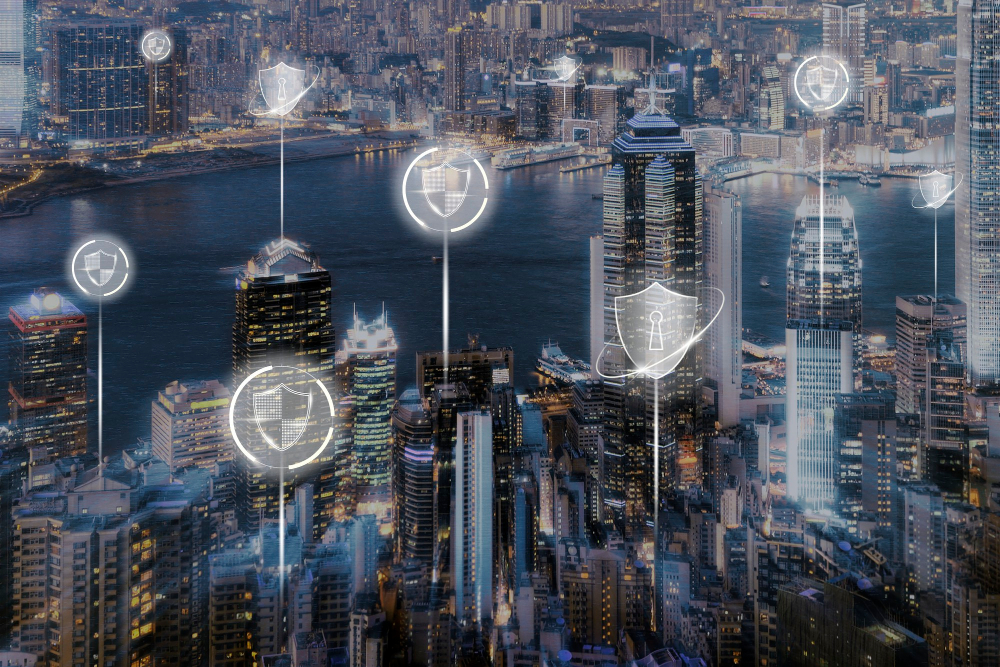
Introduction
Critical infrastructure forms the backbone of modern society, encompassing essential sectors such as energy, transportation, healthcare, water supply, and communication systems. The seamless functioning of these sectors is crucial for the well-being and stability of nations. However, as these critical systems become increasingly digitized and interconnected, they are also becoming vulnerable to cyber threats. In this blog, we explore the importance of cybersecurity for critical infrastructure, the evolving threats it faces, and the strategies to protect these vital assets from cyberattacks.
The Significance of Critical Infrastructure
Critical infrastructure includes assets and systems that are essential for maintaining societal operations, national security, and economic prosperity. The interdependence of these sectors means that a cyberattack on one can have cascading effects on others, posing a significant risk to public safety and the economy. Protecting these vital assets from cyber threats is of paramount importance to ensure the continuity of services and preserve national resilience.
Evolving Cyber Threats to Critical Infrastructure
Ransomware: Cybercriminals target critical infrastructure with ransomware attacks, crippling essential systems and demanding substantial ransom payments.
Nation-State Attacks: State-sponsored adversaries aim to disrupt critical infrastructure as part of their political or ideological agenda.
Advanced Persistent Threats (APTs): Sophisticated APT groups target critical infrastructure to gain long-term access, conduct espionage, or inflict damage.
Insider Threats: Insiders with access to critical systems may misuse their privileges for malicious purposes or unintentionally cause disruptions.
IoT Vulnerabilities: The proliferation of Internet of Things (IoT) devices in critical infrastructure introduces new entry points for cyber attackers.
Protecting Critical Infrastructure through Cybersecurity
Risk Assessment: Conduct regular risk assessments to identify vulnerabilities and evaluate the potential impact of cyber threats.
Cyber Hygiene: Implement strong cybersecurity practices, including regular software updates, patch management, and network segmentation.
Multi-Factor Authentication: Enforce multi-factor authentication to enhance access control and thwart unauthorized access.
Incident Response Planning: Develop and practice robust incident response plans to quickly detect, contain, and recover from cyber incidents.
Collaboration and Information Sharing: Foster collaboration between government agencies, private sectors, and international partners to share threat intelligence and best practices.
Workforce Training: Train employees to recognize and respond to cybersecurity threats, emphasizing their crucial role in protecting critical infrastructure.
Conclusion
The protection of critical infrastructure from cyber threats is not just a matter of national security but a responsibility to safeguard public safety and economic stability. The growing sophistication and frequency of cyberattacks demand a comprehensive and collaborative approach to cybersecurity for critical infrastructure.
By prioritizing risk assessment, cyber hygiene, incident response planning, and workforce training, nations can build resilience and strengthen their ability to withstand and recover from cyber incidents. Together, let us stand vigilant and committed to protecting the backbone of society – our critical infrastructure – from the evolving challenges of the digital age.
